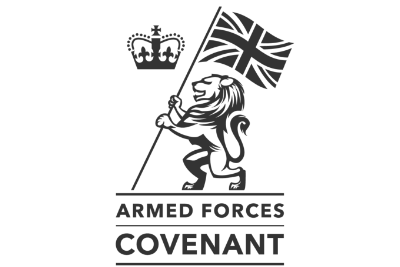IS YOUR SAFETY MANAGEMENT SYSTEM (SMS) EFFECTIVE AND DELIVERING RETURN ON INVESTMENT?
WOULD YOUR SMS HELP YOU JUSTIFY YOUR DECISIONS AND ACTIONS IF THE UNTHINKABLE ACCIDENT SHOULD HAPPEN TO YOUR ORGANISATION?
6th July 2022 marks the 34th
anniversary of the Piper Alpha accident and it remains a tragic but timely reminder that there is no place for complacency in safety. We owe it to all those who have been affected, by this terrible disaster and other tragic organisational accidents over the years, to honour them by genuinely learning lessons from the past. Now more than ever, traditional ways of managing the hazards and risks that threaten safety and the effectiveness of organisations’ Safety Management Systems (SMS) should be challenged robustly.
It does not take a safety professional to see that, in the aftermath of a global pandemic, the breeding ground for unforeseen, unfamiliar, unpredictable hazards is rife. Hazards are like loose threads in a safety fabric that has, until now, reliably held an organisation together for years; threads which are continuously being pulled one-by-one to the point where that once tightly knit fabric may be on the brink of tearing. If only we knew the extent of the latent damage and which thread would cause the whole safety net to unravel.
We are now in a previously unchartered post COVID era, compounded by Brexit and the Russian invasion of the Ukraine, and so conditions are favourable for the holes in James Reason’s ‘Swiss Cheese Model’ to almost magnetically align triggering the next headline organisational accident. Can an organisation that has made it safely through today necessarily guarantee, or be justifiably confident, of being safe tomorrow? Would your organisation’s SMS provide you with the legal accountability to defend yourself in a court of law after an accident? The unnerving reality is that any safety-critical industry could be in the cross-hairs of the next big organisational accident: aviation, nuclear, oil and gas, rail, space, marine, medical – the list goes on. What does it take in today’s volatile political, social and economic climate to be able to manage safety effectively and protect your organisation against the unthinkable?
As the world evolves to cope with life post COVID, surely in the spirit of continuous improvement and the very essence of an SMS - it is time to consciously advance safety management. Advanced, more perceptive people-centred, proactive and performance-based safety management is more resource efficient, financially viable, helps inform better decisions and drives the right behaviours across an organisation.
Nine years ago, to mark the 25th anniversary of Piper Alpha, The Hon. Sir Charles Haddon-Cave delivered a speech at the ‘PIPER 25’ Oil & Gas Conference in Aberdeen entitled: ‘Leadership & Culture, Principles & Professionalism, Simplicity & Safety – Lessons from The Nimrod Review’. Haddon-Cave conducted a 2 year inquiry (2007-2009) at the request of the Secretary of State for Defence after RAF Nimrod XV230 suffered a catastrophic mid-air fire whilst on a routine mission over Helmand Province in Afghanistan on 2 September 2006. This led to the total loss of the aircraft and the death of 14 service personnel on board. It was the biggest single loss of life of British service personnel in one incident since the Falkland Islands.
During his speech, Haddon-Cave makes the very poignant observation that Nimrods were circling over Piper Alpha on the fateful day of the disaster, helping to co-ordinate the rescue mission.
In The Nimrod Review, Haddon-Cave looked carefully at the underlying organisational causes and found a fundamental failure of Leadership, Culture and Priorities. The findings echoed those of numerous other catastrophic accidents over the past few decades; in particular, Haddon-Cave found 12 uncanny, and worrying, parallels between the organisational causes of the loss of XV230 and the loss of the NASA Space Shuttle ‘Columbia’.














